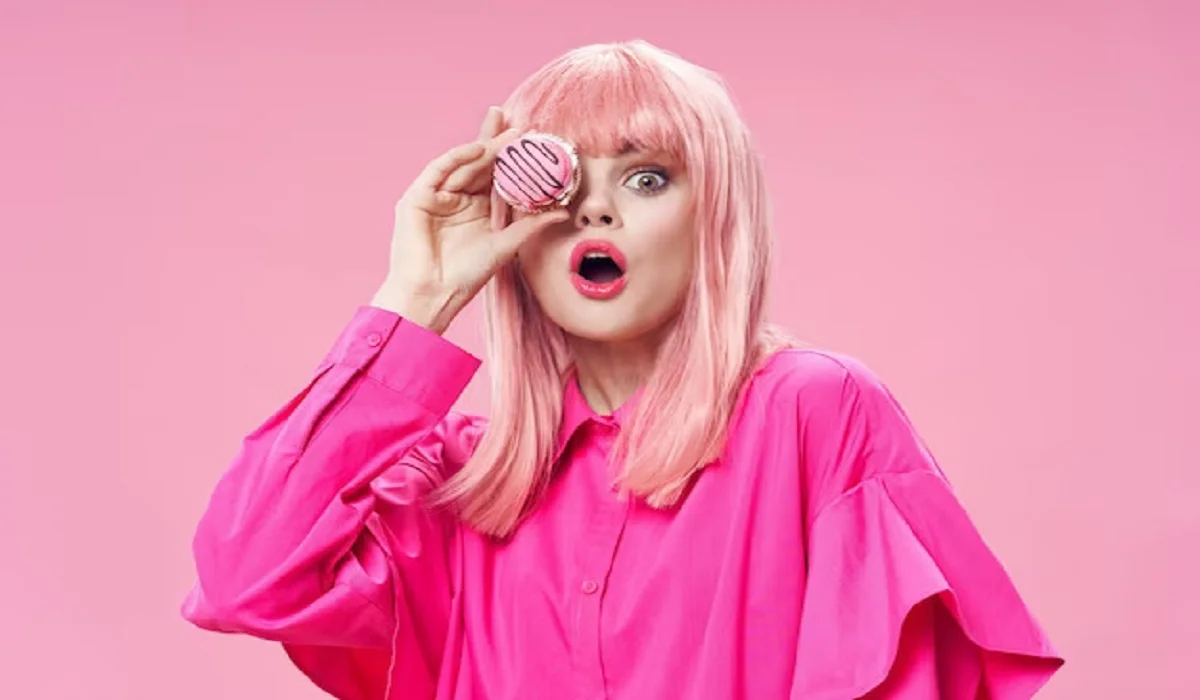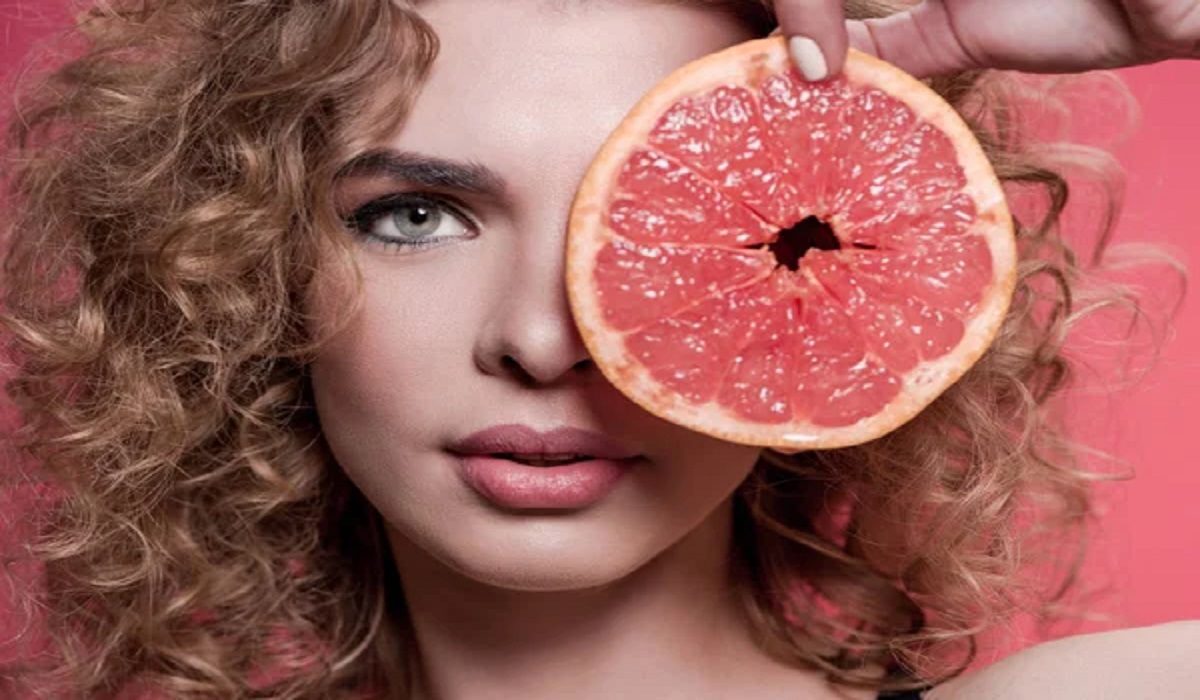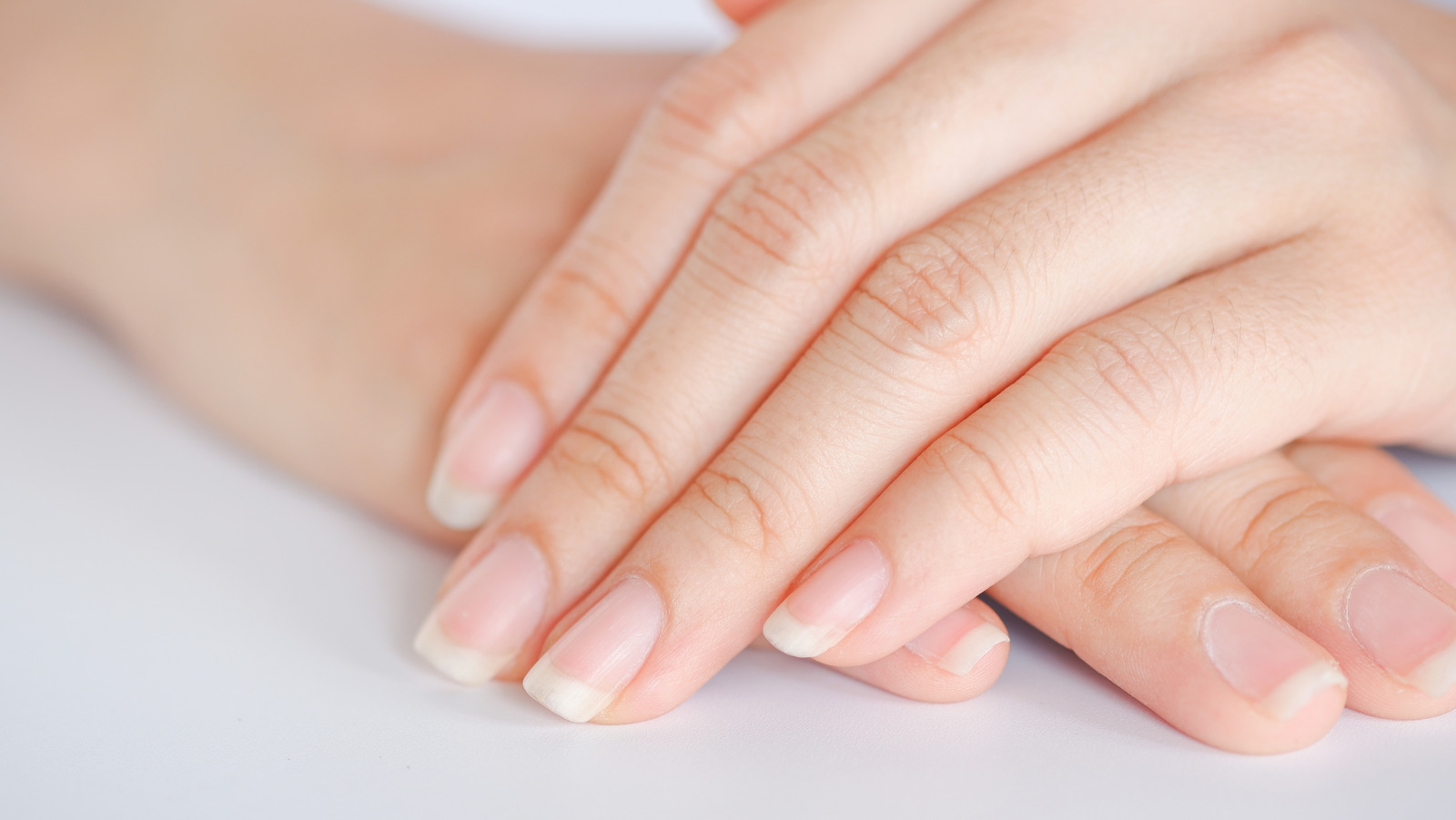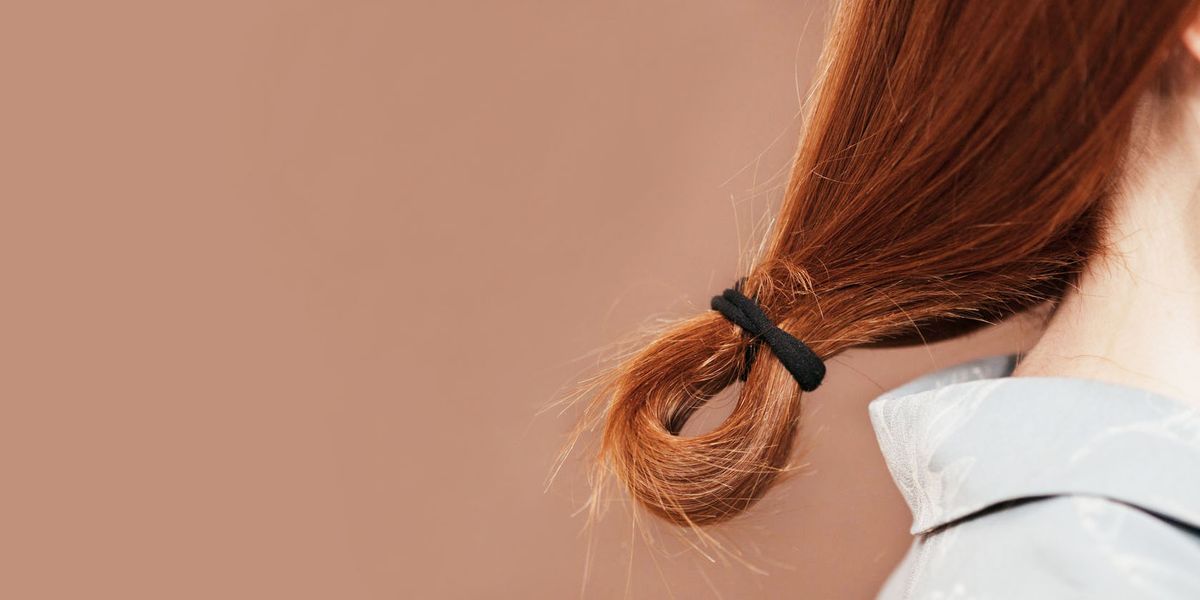Discovering the ideal blush that harmonizes with your skin tone can revolutionize your makeup routine, bestowing upon you a coveted, naturally blushed appearance that exudes vibrancy and health. Amid an array of beauty enhancements from primers to foundations aimed at perfecting our skin’s appearance, the remarkable transformation a well-chosen blush can achieve often goes unnoticed. A mere touch of color can infuse life into your complexion. The essence, however, lies in pinpointing the exact shade tailored for you. Embark on this detailed journey to uncover the secrets to selecting the ideal blush for your skin tone, coupled with expert tips on mastering its application to attain that irresistible, glowing allure.
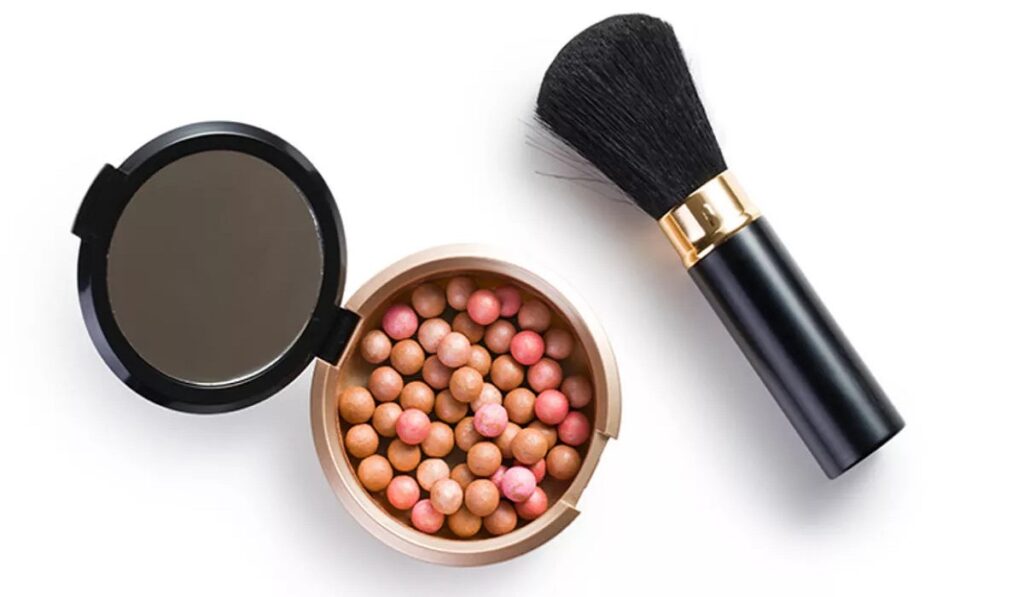
Embark on the Quest for Your Skin-Matched Blush
Delving into Blush Formulas
Blushes transcend a universal formula; they are presented in a myriad of textures, each providing a distinct finish and application ease, catering to varied preferences and skin necessities.
- Cream Blushes: A boon for those eschewing powder formats or desiring a dewy effect. These blend seamlessly into the skin with a finger’s touch, bestowing a luminous, airy finish.
- Stick Blushes: When craving a more intense color burst, stick blushes stand ready. Applied directly, they deliver a vivid coloration, yet permit tempering through blending for a gentler hue.
- Powder Blushes: A perpetual favorite, powder blushes offer the versatility to emulate a genuine flush or amplify for dramatic flair. Mastery in application and tool selection is key.
Selecting Your Ideal Shade
Unlocking the perfect blush starts with an analysis of your skin’s undertones, aiming for shades that enhance rather than clash with your innate color.
- Fair Skin: Dodge the overly bright or dark traps that might dominate your complexion. Embrace the soft embrace of baby pinks or the gentle kiss of light corals and peaches, ensuring a natural enhancement free from any garishness.
- Medium to Light Skin: This complexion spectrum opens doors to deeper tones. Mauves and warm peaches enrich the skin’s natural warmth, offering a spectrum from understated elegance to audacious vibrancy, depending on the application’s generosity.
- Dark Skin: Contrary to misconceptions, dark skin tones present a rich canvas for blush. Bold fuchsias for an electrifying pink zeal, warm browns for understated elegance, and tangerines for a bold statement harmonize magnificently with dark complexions.
Mastering the Blush Application Art
Beyond formula or shade, application dictates the success of your blush endeavor. Adhere to these insights for flawless integration:
- Begin with Modesty: Easier to augment than subtract. Initiate with a whisper of color, escalating as desired.
- Commit to Blending: Whether through a brush, sponge, or fingers, blending is paramount to eschew stark demarcations, achieving a seamless color transition.
- Acknowledge Your Facial Geometry: Placement impacts outcome. Adorn the apples for a youthful exuberance or trace the cheekbones for sculpted sophistication.
- Embrace Your Smile: Smiling highlights the apples, guiding optimal blush placement for an enchanted flush.

By embracing your skin tone and refining blush application skills, you unlock the doorway to a radiant, glowing complexion. Whether seeking a subtle color whisper or a bold cheek statement, the right blush emerges as your complexion’s ally, introducing dimension and warmth to any ensemble.
These insights are crafted to elevate your makeup artistry, ensuring your blush not only impeccably matches your skin tone but also sustains its allure and vibrancy throughout the day.
1. How do I determine the most flattering blush shade for my fair skin?
For those with fair skin, the aim is to mimic the natural, subtle flush that occurs. Shades like soft baby pink, delicate light coral, or peach are ideal, as they complement the skin without overpowering it. It’s advisable to avoid intensely bright or dark shades, as they can create a harsh contrast, disrupting the natural harmony of your complexion.
2. Can individuals with medium to light skin tones experiment with bold blush colors?
Absolutely! If you have a medium to light skin complexion, you have the liberty to explore a spectrum of blush shades. Rich mauves and deep peaches are particularly flattering, enhancing the skin’s natural warmth. The key to mastering bold colors is to start with a minimal application, gradually building up to the desired intensity, thus ensuring a sophisticated, vibrant look without overwhelming the skin.
3. What blush shades are best suited for individuals with dark skin tones?
Dark skin tones offer a fantastic canvas for a range of blush colors, from the strikingly bold deep fuchsia, creating a vibrant pink flush, to the more understated warm browns for a natural look, and even vivid tangerine for a standout pop of color. These rich hues complement dark skin beautifully, adding a luminous, healthy glow.
4. How can I apply cream blush to achieve a natural-looking finish?
For a natural, dewy effect with cream blush, the technique is as important as the product. Using your fingers, dab a small amount of blush onto the apples of your cheeks, then blend it upward and outward towards the temples. Cream blushes are known for their blendability, offering a seamless finish that enhances your skin with a radiant, fresh-faced look.
5. Is powder blush appropriate for all skin types?
Powder blush is incredibly versatile and can be suitable for nearly all skin types. It’s particularly beneficial for those with oily to combination skin, thanks to its matte finish and long-lasting wear. The secret to a flawless powder blush application lies in using a fluffy brush for a gentle, evenly distributed application, mimicking a natural, healthy flush.
6. How can I avoid my blush appearing too intense or overdone?
To ensure your blush application remains refined and natural-looking, always tap off any excess product from the brush before applying it to your cheeks. Employ a light touch and build the color gradually, blending thoroughly to avoid harsh lines. For cream or stick blushes, begin with a small quantity and blend outward for a soft, diffused appearance.
7. Can I use blush for contouring purposes?
Yes, blush can double as a contouring product for a soft, subtle definition. Choose a blush shade slightly darker than your skin tone, preferably with a matte finish, and apply it beneath your cheekbones. This technique not only sculpts and defines the face but also adds a warm, radiant dimension.
8. What are the best practices for extending the wear time of my blush?
For long-lasting blush, start by applying a primer under your foundation, setting your makeup with a light dusting of translucent powder afterward, and finishing with a setting spray. Another effective strategy is to layer a cream blush underneath a powder blush, which significantly enhances durability, ensuring your blush stays vibrant and fresh throughout the day.
9. What should I do if I apply too much blush?
If you find yourself with overly intense blush, you can soften its appearance by blending out the edges with a clean, fluffy brush. Alternatively, gently patting over the area with your foundation sponge or brush can also mute the intensity, seamlessly integrating the blush with your base makeup for a more natural look.
10. Are there specific blush options for sensitive skin?
For those with sensitive skin, selecting the right blush is crucial to avoid irritation. Look for hypoallergenic, fragrance-free options, with mineral-based blushes being a great choice due to their gentle formulation. Always perform a patch test with new products to ensure they are compatible with your skin, minimizing the risk of adverse reactions.
By adhering to these detailed guidelines and tips, you can refine your blush application technique, ensuring a beautiful, harmonious enhancement to your makeup routine that complements your skin tone and type, while achieving that coveted, radiant glow.

